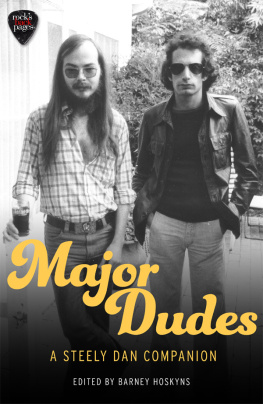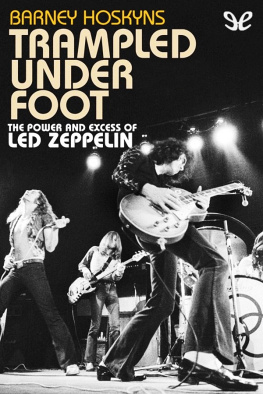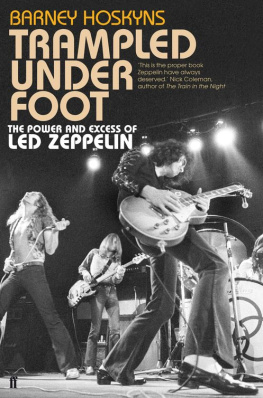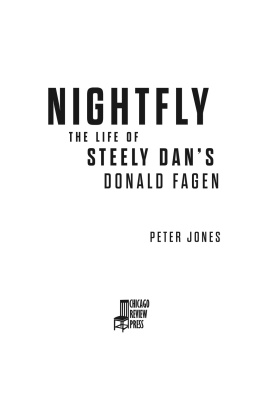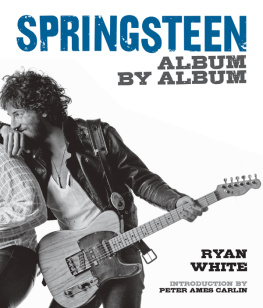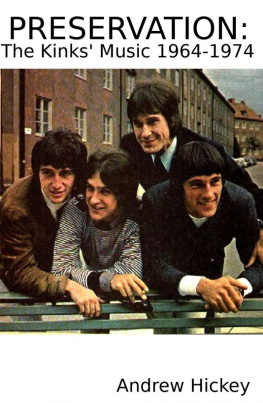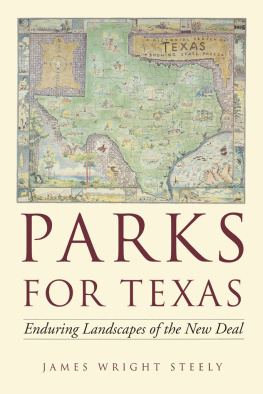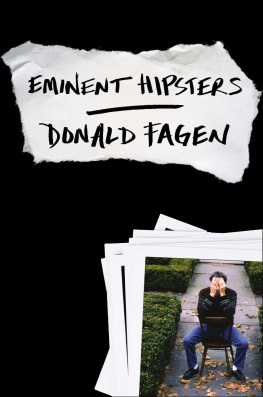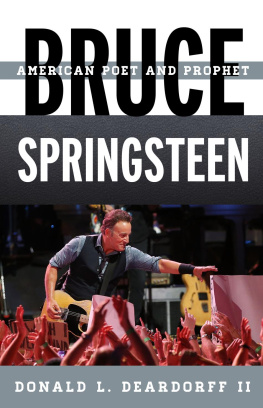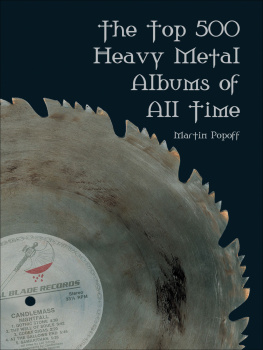MAJOR DUDES
No other band managed to let groove and intellect coexist as seamlessly: the most incredible rhythm sections with the most captivating narratives and these crazy chord changes.
Mark Ronson, 2013
I dont think I have listened to any band more than Steely Dan. Theyre a bottomless pit of joy.
Judd Apatow, 2014
Major Dudes
A Steely Dan Companion
Edited by Barney Hoskyns

CONSTABLE
First published in Great Britain in 2017 by Constable
Copyright Backpages Ltd., 2017
The moral right of the author has been asserted.
All rights reserved.
No part of this publication may be reproduced, stored in a retrieval system, or transmitted, in any form, or by any means, without the prior permission in writing of the publisher, nor be otherwise circulated in any form of binding or cover other than that in which it is published and without a similar condition including this condition being imposed on the subsequent purchaser.
A CIP catalogue record for this book
is available from the British Library.
ISBN: 978-1-47212-753-2
Constable
An imprint of
Little, Brown Book Group
Carmelite House
50 Victoria Embankment
London EC4Y 0DZ
An Hachette UK Company
www.hachette.co.uk
www.littlebrown.co.uk
For Tony Keys, the most ardent of Dan fans and without whom Rocks Backpages would never have been possible.
Contents
A Squonks Tears Steely Dan at forty-five
Barney Hoskyns
, 2011
W ith many thanks to Constables Andreas Campomar and Aitken Alexanders Matthew Hamilton major dudes and Dan fanatics both for making this bodacious compendium happen. Thanks to Claire Chesser and Lucian Randall at Constable and to Mark Pringle and Tony Keys for sourcing pieces from the Rocks Backpages archive. Thanks to Louise Stakem at Time Out for her assistance. Thanks to all the contributors to this anthology: Richard Cromelin, Daryl Easlea, Andy Gill, Mick Gold, Geoffrey Himes, Chris Ingham, Jonh Ingham, Dylan Jones, Mark Leviton, Gavin Martin, Charles Shaar Murray, Ian Penman, Bruce Pollock, Ira Robbins, Wayne Robins, Steven Rosen, Bud Scoppa, Fred Schruers, Sylvie Simmons, Rob Steen, Adam Sweeting, Chris Van Ness, Michael Watts, Chris Welch and Richard Williams. Also to Bill McCormick for granting permission to use the pieces by his late brother Ian MacDonald; Jim Smith for the Aja review by the late Richard C. Walls; Augusta Palmer for the piece by her late father Robert; and Dan Valentine for the piece by his late mother Penny.
A squonks tears:
Steely Dan at forty-five
If we were ahead of our time, it was simply because we
grew up with a certain natural ironic stance that later
became the norm in society.
Donald Fagen, 1991
1 Live at the HMV Apollo, vol 2
July 2007: Old bald white blokes are standing about in striped shirts, clutching plastic cups of tepid lager. Some may be here at the old Hammersmith Odeon now rebranded as the HMV Apollo to rekindle memories of seeing Steely Dan at Londons Rainbow Theatre in May 1974, shortly before the groups Walter Becker and Donald Fagen quit touring and retreated to the hermetic insulation of southern Californias plushest recording studios.
Back then, these old blokes would have been lone groovers in loon pants, habitus of import record stores whod heard the Dans Cant Buy a Thrill (1972) or Countdown to Ecstasy (1973) and quickly concurred with Ian MacDonald of the New Musical Express when he asked where else a deafened connoisseur could get his shots of lyric succinctness matched with thoroughly coherent musicality. Writing in Creem that year, MacDonalds fellow rock critic Wayne Robins noted that the typical Dan fan could be found often in unlikely places, following no discernible pattern except walking slow, drinking alone, and moving swiftly through the night (the piece is included in this anthology in its NME reprint).
Robins, as it happens, had known jazzbo misanthropes Becker and Fagen at funky and fragmented Bard College, upstate from Manhattan on the Hudson, in the late 60s. Reelin in the Years, the second hit from Cant Buy a Thrill, was, for him, probably the best song ever written about the pseudo-poetic, preppie-hippie assholism that dominated Bard and other joints of its kind.
At the HMV Apollo, Fagen reels in his sixty-one years, planted behind his Fender Rhodes electric piano like some Hebraic Ray Charles with a mouth like The Simpsons Moe the Bartender. The theatre is, he declares, one of the many fine toilets well be playing on a European tour thats already taken in Amsterdam, Brussels, Edinburgh and Birmingham and will include more cosmopolitan stops in Paris, Rome, Milan and Monte Carlo. When occasionally Fagen gets to his feet, hunched and clutching a melodica Augustus Pablo eat your heart out he patrols the stage like a kind of king penguin.
The last time I saw Steely Dan live it was at Wembley Arena in September 2000, when they offered two amiable fingers to anyone who still lumped them in with all the tepid funk-lite the duo inspired in the 70s and 80s. Backed by such simpatico stalwarts as drummer Ricky Lawson and chameleonic guitarist Jon Herington (still a member of their touring band), they invested ageless vignettes like The Boston Rag and Hey Nineteen with vim, humour, and slick Jewish soul. This is no one-night stand, Fagen drawled on Gauchos insidiously slinky Babylon Sisters. This is a real occasion.
It was.
2 Fabriani and Mahler were here
Twice Ive been granted audiences with Becker and Fagen; twice theyve come on like a comic double-act Walter Matthau and Jack Lemmon via Larry David or Garry Shandling. Transcriptions of conversations with them read more like Marx Brothers scripts than music-press interviews. Its not hard to imagine the merciless wit they must have wielded at Bard, where as Cant Buy a Thrills scornful Only a Fool Would Say That made plain they were as removed from the general hippietopian vibe of the times as Randy Newman or Frank Zappa or the Velvet Underground. We were a little younger than the 60s bands, Fagen told me in 2000. A lot of the 60s foundation was starting to collapse by the time we put out our first record.
Jay Black, who hired the young Don n Walt to play in his mob-backed Top 40 group Jay & the Americans, referred to the duo as [Charles] Manson and [Charles] Starkweather. Tickled by their unusual mixture of erudition and subversion, Black joked that they were like librarians on acid. The pair saw themselves not as rock stars but as backroom boys, Leiber and Stoller for longhairs, the logical late-60s successors to Barry and Greenwich (or Bacharach and David or Berns and Ragovoy). The pair haunted Manhattan song-hive the Brill Building in hopes someone might mistake their quirky, cryptic little songs for actual hits. (Fat chance, given the extreme strangeness of compositions such as Yellow Peril, Brain Tap Shuffle and The Roaring of the Lamb though early stabs at Brooklyn and Barrytown should have caught the ear of any half-decent A&R man.)
Kenny Vance, manager of Jay & the Americans, bankrolled Becker and Fagens demos; a cover of I Mean to Shine even wound up on Barbra Streisands 1971 album Barbra Joan Streisand. But thanks to the intercession of producer Gary Katz (a.k.a. Kannon), Becker and Fagen left New York for Los Angeles, brought into the desperately unhip fold of ABC-Dunhill Records as staff writers for such fundamentally unsuitable acts as the Grass Roots and Steppenwolfs John Kay. (Exceptions to the rule: Thomas Jefferson Kayes versions of the glorious Jones and American Lovers from his great 1973 album

